Pacific Crest Trail Hiking Advice for 2023 (& Beyond)
Chances are that things won’t go to plan on a Pacific Crest Trail thru-hike. One of the best things you can do to prepare for a PCT thru-hike? Talk to PCT thru-hikers and see what they would do again, do differently, and suggest that others (i.e. you) do.
Questions like what gear do I get? Where do I resupply? Do I need a trail family? Do I have to pay trail angels? And do I have to dig and poop in a hole and then pack out my toilet paper? Yes, you need to pack out your toilet paper.
As part of the PCT Hiker Survey, I ask hikers for advice to be passed on to future PCT hikers. Each of the bullets below is the response given by a PCT hiker. Keep in mind that each response is the advice/opinion of a single person. None should be taken as 100% applicable to everyone on the trail and just because something worked (or didn’t work) for one person, doesn’t mean it’s going to work for you.

Planning Advice
- Understand that your list of ‘Expectations vs Reality’ for the trail will not line up exactly. You might end up doing everything the exact opposite of what you think! And that is a GOOD thing! Give your future self the grace to make decisions in the moment. They will know what to do!
- Train! The idea of the trail getting you into shape is a bit true for everyone, but the couch-to-thru-hike narrative you may have heard is heavily shaped by survivorship bias. Every year some people who have never been backpacking start the PCT and crush it. They’re usually young, bouncing back easier, and their stories are inspirational. Far more people with that background start and realize it’s fucking hard, or they don’t love it that much and drop out. If you hike with your pack a ton ahead of time or do other training (weights for your legs and core, running) you will suffer a lot less in the first few weeks. I loved my first month on the trail, which was probably my easiest month physically because I trained and was taking it slow. Others around me were miserable. Given overuse injuries are so common, your chance to suffer is just a matter of time!
- Southbound is underrated. Better weather, better conditions. Washington in summer is wildflower season and no rain. Oregon and the Sierra in the fall were beautiful and there was no snow. The desert in late fall was awesome hiking temps during the day. No crowds and more solitude.
- Remember that peoples’ advice will be influenced by their unique experience (e.g., this year was pretty dry, so take rain-related advice with a grain of salt, and do what makes you feel comfortable). Do your own research if someone is stressed about a storm/fire to make sure it isn’t a 30% chance of snow / a fire report that’s years old. Take your sleeping bag/quilt with you to the summit of Whitney if you climb it for sunrise.
- If you’re contemplating hiking the trail, just go for it! It will never feel like the right time and you’ll never feel 100% prepared before leaving and that’s ok. Trust your ability to keep walking even on the hardest days.

Photo: Robin ‘Indy’ Hopkins
Attitude Advice
- There might be too much snow, too little water, too little sunlight, too many mosquitos, or inevitably way too much fire. But ultimately the experience will be wonderful in a million ways you haven’t imagined. Don’t go into it to fulfill a “why”, but to find all the whys you didn’t know you were looking for. Be open to all the people and places and opportunities you didn’t plan for. Those are often the most important ones.
- Think in advance about what your goals are, and what criteria you would use to decide if/when the trail throws you challenges. I.e. fires, adverse weather, snow, other closures, etc. Do you care more about not hiking in smoke? Staying with your group? Maintaining a continuous northbound footpath? Avoiding injury? etc.
- Hike your own hike. You’re there for fun, it isn’t a job. Yes, you should push yourself, but not beyond the point where you’re just exhausted and out of energy and fun all the time. This isn’t for everyone. It’s ok if you’re struggling.
- Have fun and don’t look down on the section hikers. Thru-hikers sometimes take for granted what a luxury it is to be able to do a thru-hike. For many, this could be their only thru-hike so don’t miss a cool side trip just because it’s a little off the trail. Make the most of it and make it your own hike.
- Go out there with an open mind and no plans and you’ll have the hike of your life. Live each day like it could be the last day of your hike because it’s shorter than you could imagine. Take the time to swim in all the water.
- Really. Hike your own hike. If you hike in a group and you find yourself in a situation where you think the group takes too many zeros or you want to do it differently. Do it! The trail is more than just the group/tramily you are hiking in. In the end, most of the groups went their own way.

Hiking Advice
- Don’t listen or perpetuate fear-mongering. Animal, bug, snow, and water/river conditions can change drastically daily and everyone has different comfort levels, so don’t take what you read in a FarOut comment as gospel.
- Tendons don’t strengthen as fast as muscles, so don’t increase miles too quickly even when you feel like you can!
- Some notable people in our community recommend that you skip early milestones on the trail like Julian or Idyllwild or Tehachapi because it is more efficient or less crowded to go to other places. They say that you can save time or money. I think that’s the worst advice. Those people have hiked the trail multiple times, and some of them practically live on the trail. You will probably only do the PCT once. You should make the most of it. If you are tight on money, you can do a lot in those places for free, and you will have some of the best moments with your new trail friends. DO ALL OF THE THINGS. I don’t regret any of the things I did, only the times when I skipped something. Swim in every creek, take the side trail to the waterfall, and eat the free pie.
- You will get your hiker lungs in the first weeks — it is much harder to bulletproof your legs, ankles, and feet against the stresses of doing 20+ miles (32+ km) every day.
- More isn’t better. Stop when you’ve hiked enough, not when you can’t hike anymore unless that’s a terminus. I should have stopped 500 mi / 805 km before I finally did. I want to re-hike those miles when I can enjoy them.
- If you come into camp later in the day, do so quietly. Always assume that any people already in their tents at 6 or 8 pm, may have been hiking since early morning. And will likely be leaving well before dawn.

Photo: Half&Half
Gear Advice
- Don’t use gear just because it is popular and be willing to try and change things. Don’t be stubborn, about anything. Document everything more than you think you should.
- Try your gear before starting the PCT and be comfortable with it. I think that this is more important than stressing about weight.
- Take the beginning slow! And get miles in your shoes, especially if you use a zero drop. So many people had injuries at the beginning, especially with their feet. Listen to your body! Taking a couple of zeroes is a lot better than getting injured.
- Make sure to journal, if only just a little bit. By the end of the trail, a lot of your experiences will blend. Hold on to your memories by putting them in writing.
- Don’t worry so much about gear choices – nearly everything available today is some of the best stuff anyone’s ever had. Do chill with the gear angst.
- It feels to me that “thru-hike” and “ultralight” are becoming synonymous. However, I certainly don’t feel as though this needs to be the case. Being “ultralight” is not a requirement to complete a thru-hike. Many hikers on the trail and strangers in town would comment on my large pack. But hey, I loved my down pants, my big ass battery bank (so I could watch The Office in my tent at night), and nightly Hostess Cupcakes (those babies took up a decent amount of room in my food bag). I didn’t carry excess items that I didn’t use, but I also didn’t hesitate to carry items that brought me joy and made my hike more enjoyable. While my pack was certainly heavier than most, I still carried that sucker from Mexico to Canada and it never slowed me down.
- Have socks and or booties to wear at night even if your hiking shoes and socks are wet. I’ve put on frozen shoes and socks, but it’s not so bad if it’s only during active hiking. If done during rest, it could be deadly.
- Go on shakedown hikes, no matter how small, overnight is important. Don’t pack your fears.
- Unless you have a big budget, rather than buy a new piece of gear that saves you half a pound, save that money for on the trail.
For more on the Pacific Crest Trail gear, check out this year’s PCT Gear Guide.

Photo: Robin ‘Indy’ Hopkins
Resupply Advice
- Don’t keep a half-eaten burrito in your tent, or a squirrel will chew through the tent to get to it.
- If you can’t respect the small business owners along the trail then don’t hike. Hiking the PCT is a privilege and you wouldn’t be able to do it without them. You aren’t special.
- You don’t need to send resupply boxes if you don’t want to.
- Trust that you will be able to resupply in most towns if you don’t have many restrictions.
- Be prepared, know your gear and body. But don’t worry about resupplying or sending boxes ahead of time. You’ll figure it out along the way. The PCT does not feel as remote as you might think.
- Do not try to stick to a tramily, if they don‘t hike like you would like to. Do not think about reaching the border, only think about reaching the next resupply stop.
- Don’t plan too much. Towns are fun and resupplying isn’t as hard as it sounds.
- Don’t rush through towns! They’re so cute. Use trail angel offerings to save money.
- Pack out town food.
For more on the Pacific Crest Trail resupply, check out this year’s PCT Resupply Guide.

People Advice
- Introduce yourself to everyone. If they don’t remember you after meeting you, don’t take it personally and just introduce yourself again. I learned this from a previous thru-hiker and it made the social aspect of the hike so much better for me. As someone who mostly hiked alone, most hikers knew me because I had introduced myself.
- You will feel uncomfortable taking pictures of other hikers or might think you’ll take them later. Take it at that moment! Trust me!
- Say what you want and let your friends decide to go along or not, but also be willing to change your plans sometimes if it makes someone else happy. Trail families should be treated like real relationships and require compromise if you want to keep them healthy. Help each other out whenever you can, it’s more fun that way.
- I tried to meet everyone and not be too cliquey with any group, since you never know how things can change and who you’ll be hiking around in 1000 mi / 1600 km. Just enjoy each step of the journey and find beauty and joy wherever you are.
- Don’t worry when you meet people who seem to have it all figured out early on in the trail – they’re often the ones who end up dropping out later on. Be kind to everyone you meet and strike up conversations with the sort of people you think you’d never normally speak to in ‘civilian life’ – they could be some of the most interesting conversations you ever have. Make friends but remember you went out there to hike YOUR hike so don’t feel tied to other people’s plans.
- Hiking in a group and hiking by yourself both have their perks. I loved the camaraderie that came with my trail family, but I also appreciated being completely in control of my daily goals once I began hiking alone.
- Stop hanging out with people you don’t like. So many people were scared to break away from trail families they didn’t particularly love. You’ll make new friends.
Trail Culture Advice
- Zero more, watch the sun rise and set every day, ditch the alarm clock and any schedule, hike hard, rest hard, give your body the fuel and rest it needs, be yourself, and finally bring some cash for hitches.
- You can make your hike anything you want. Push yourself to the limits, hang out with friends, complete all the challenges you wish to, or go on numerous side adventures. I recommend trying everything to find out what you most enjoy and don’t shy away from new experiences.
- The trail will meet and exceed your expectations but it will also disappoint you. Plans change, the trail changes, people change, life outside of the trail marches forward, and all of that influences your experience. How you decide to move and embrace setbacks, disappointments, and unmet expectations will mean the difference between finishing and getting off the trail.
- Enjoy it as much as you can and when you inevitably hate it, hate it with all your might for a bit, then get back to loving it. If you can, have a plan for life after the trail.
- Say “yes”, live in the moment, and revel in the beauty of the people and places around you. have faith in the common sayings like “the trail provides” and “hike your own hike”. Remember “hike your own hike” is a reminder to yourself to worry less about the actions of others, it’s not a competition and they’re not your problem.
- Smiles before miles. It’s amazing to finish the whole trail, but you’ll prove you’re a badass long before the terminus. Stay in the moment and appreciate nature, your tramily, trail angels, and how unbelievably lucky you are to be on a true, pure adventure. The distance you hike only matters because of the experiences it provides along the way.
- Mostly, I tried to stay laser-focused on the “big” goal of getting to Canada – this didn’t mean rushing, but just never getting sucked into vortexes and not taking unnecessary zeros. Trail conditions can change in an instant, so as long as I kept moving, and stayed focused on what I was trying to achieve, I was doing everything in my power to complete that goal. The walking part ends up being pretty easy, it’s just the commitment to doing it day after day for 2600+ miles that ends up being the hard part.

Quitting Advice
- You can do hard stuff! Don’t give up on bad days. Think. Have you been eating, drinking, and sleeping enough?
- If you ever feel like quitting, take a couple of zeros and look at quitting from a different perspective.
- Practice with your gear beforehand, go in knowing you won’t quit, and be prepared to have the adventure of a lifetime.
- When you feel like quitting at the end of the day, sleep on it, and you usually feel much better in the morning.
- Do it, tough it out even when you’re not enjoying it, and quit not through dissatisfaction with being on the trail, but through an ardent desire to do something else in a positive sense.
- Don’t try to plan it. Just have enough food for the first couple of days and take it from there. And never quit on a bad day.
- I would really make sure you would want to do something for so long. I had done a two-week hike which I thought would prepare me, but it did not. That’s why I quit halfway. It was frankly just getting pretty boring.

Photo: Robin ‘Indy’ Hopkins
Support the Survey
Every year, I receive numerous requests for guidance on how to support the surveys. Beyond sharing them with your close-knit bubble of weird hiker friends, the best way to support the survey is to contribute via Patreon. You’ll get access to exclusive posts, discount codes, live streams, and super awesome stickers so that everyone will know how cool you are.
If you’re not into Patreon, that’s cool; you can Venmo @halfwayanywhere, Cash app $halfwayanywhere, or PayPal moc.erehwynayawflah@tcatnoc
This is not expected. The data collected in the survey will always be free and accessible to everyone who wants/needs it. Your support is much appreciated and helps pay the website (and survey) bills.



Pacific Crest Trail Survey Collection
Affiliate Disclosure: This page may contain affiliate links, which means I may receive small commissions for purchases made via these links at no additional cost to you. This helps pay the bills and keep the site up and running. Thank you for your support!
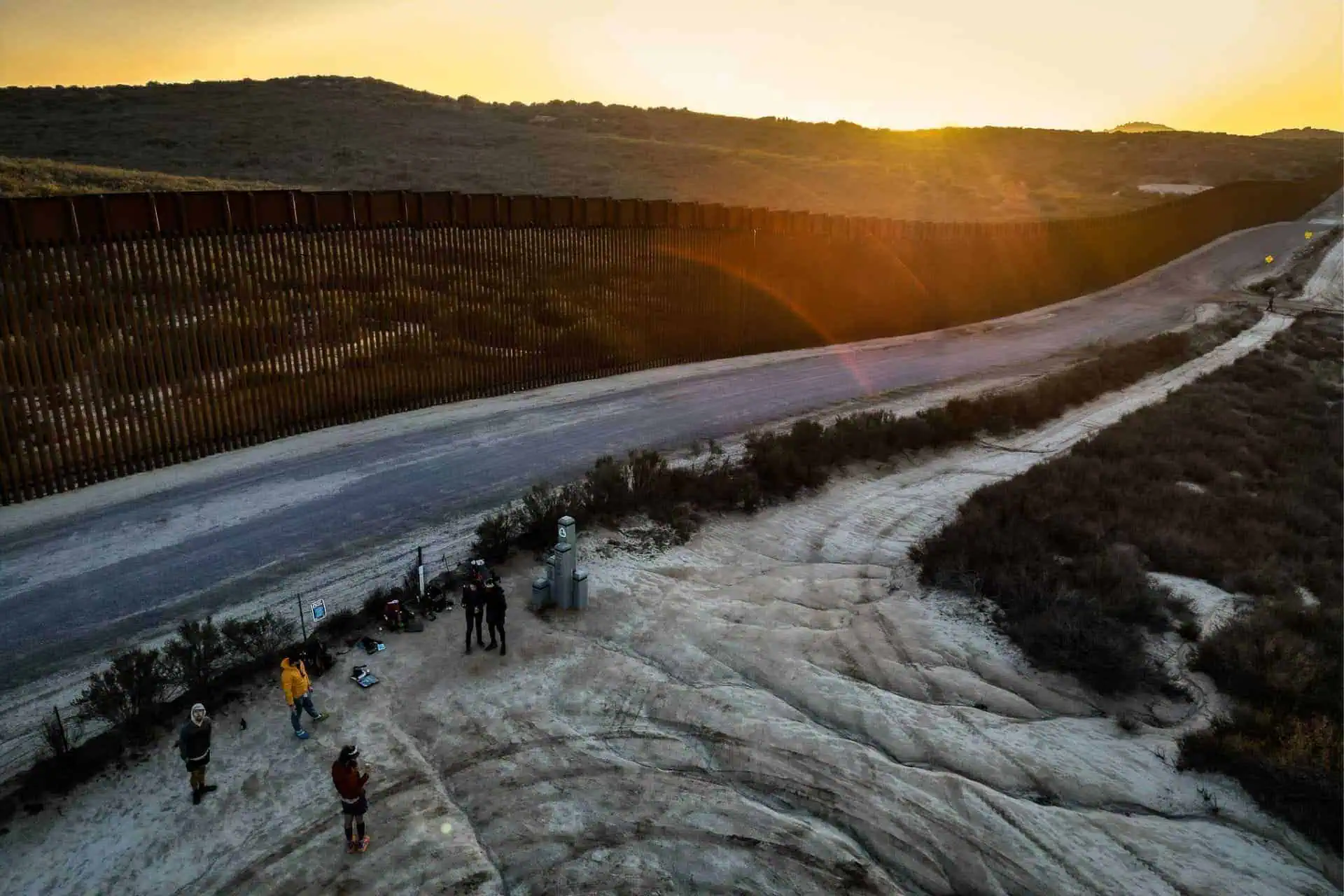

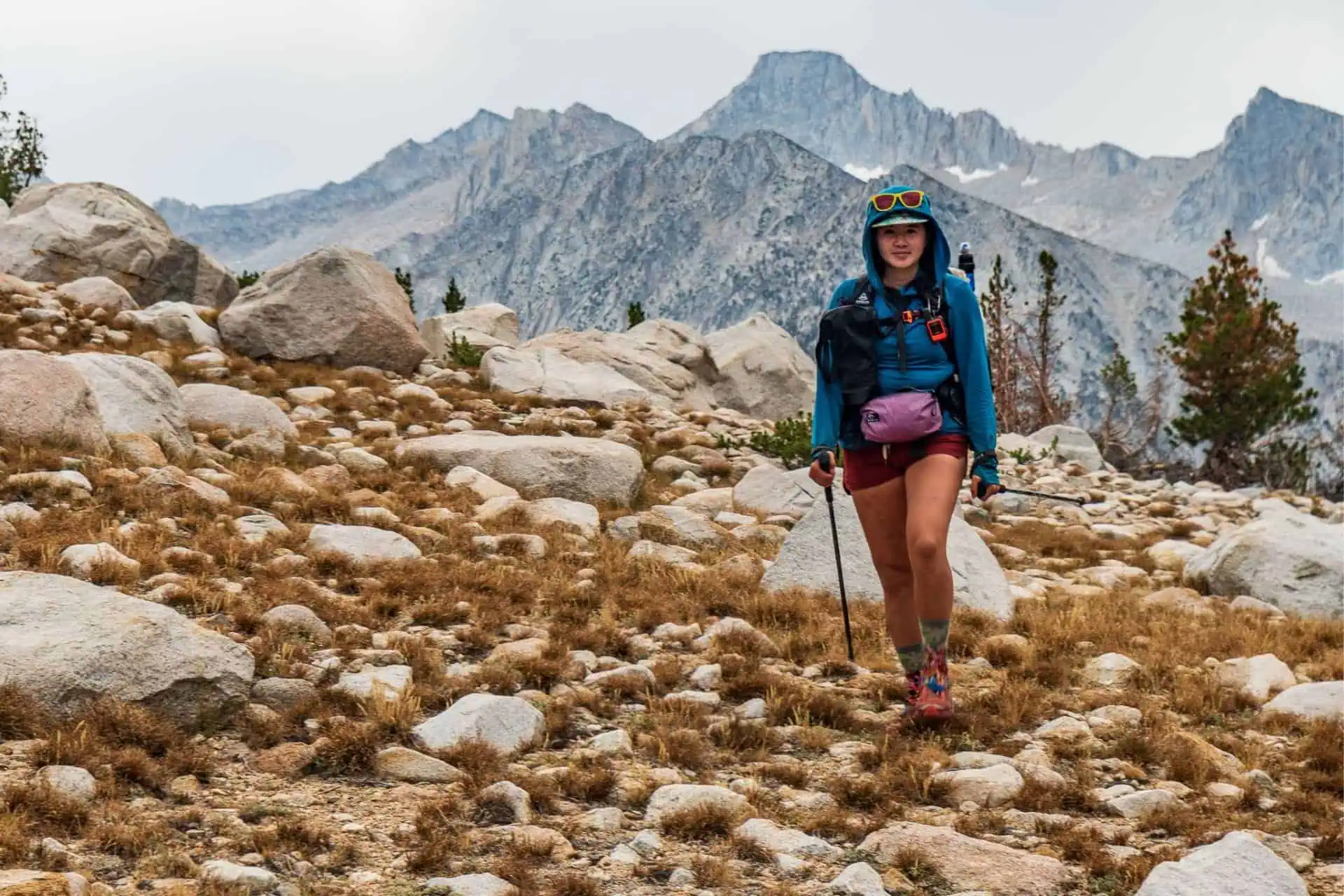
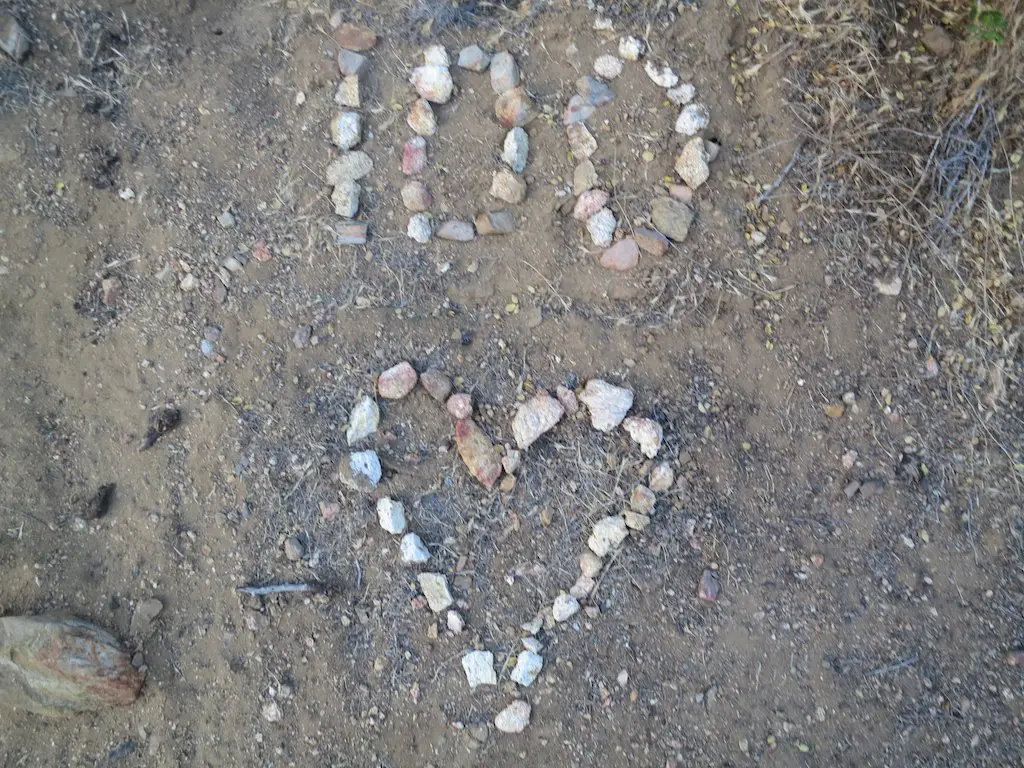

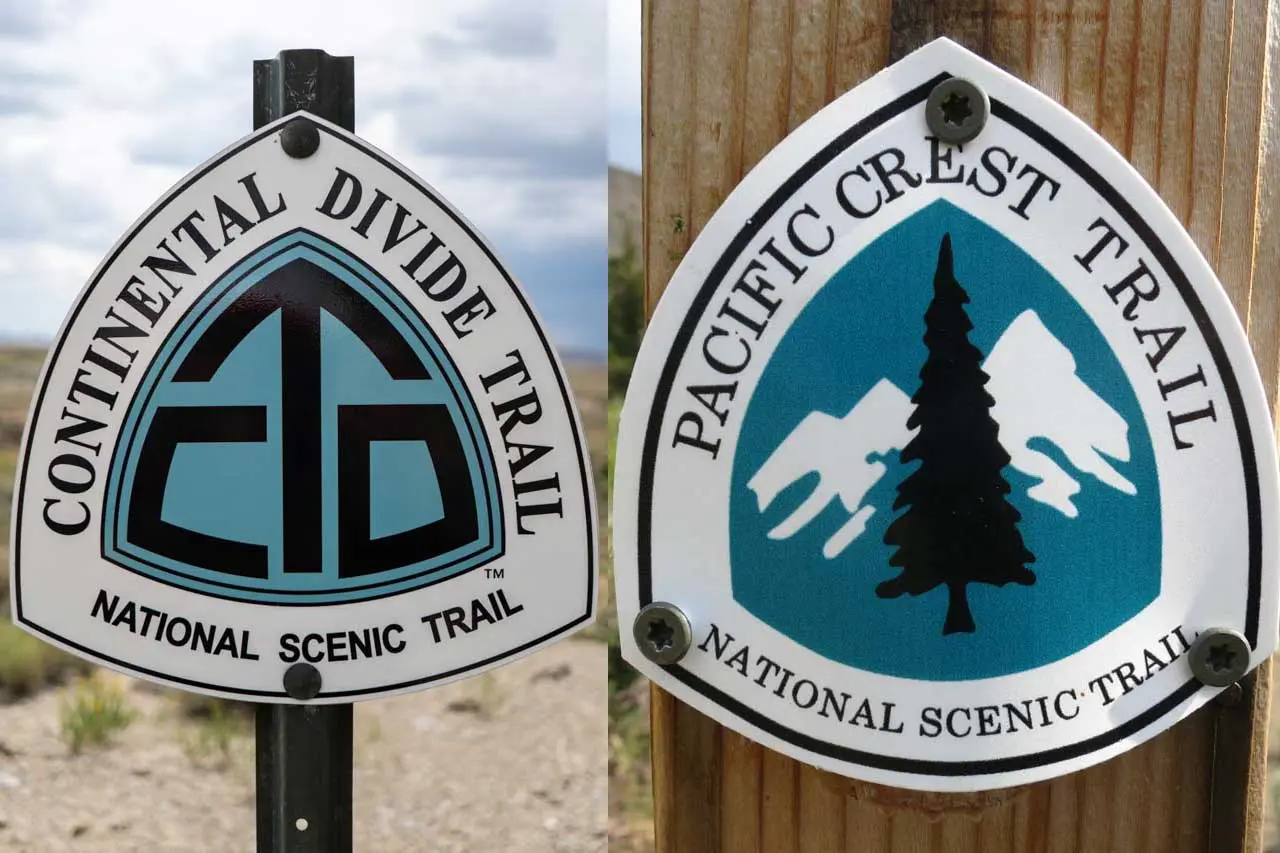
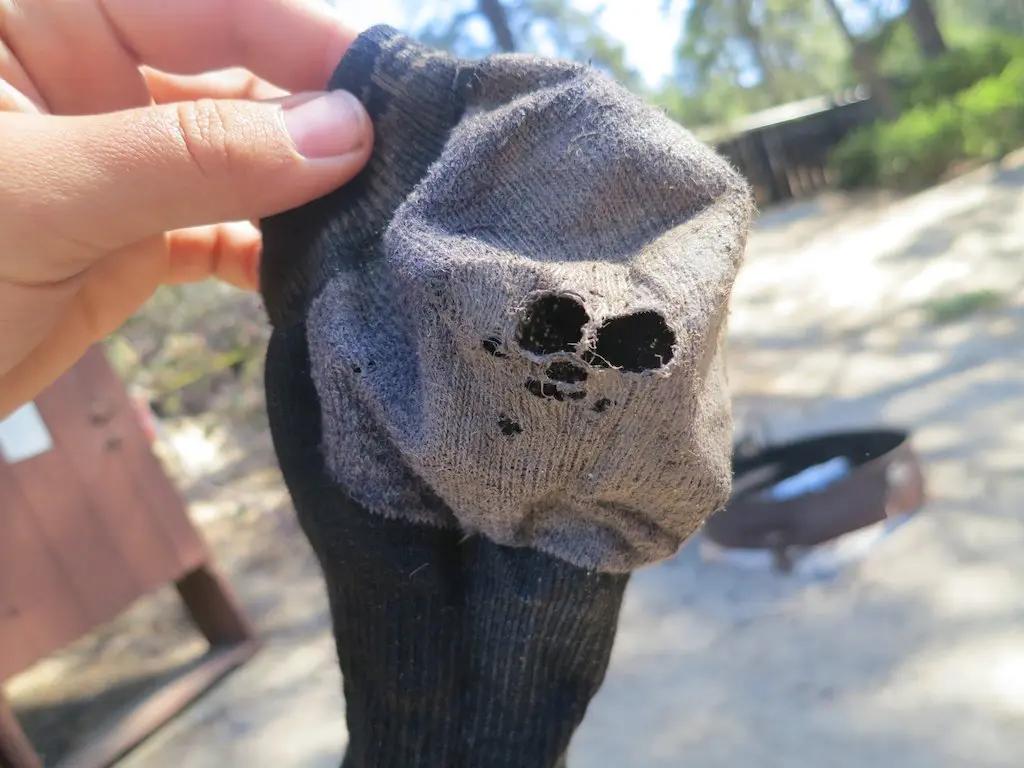
Good grief. With the winter storm bearing down on Southern California, even the desert section will be mired in snow into March at the higher elevations. I don’t see how hikers could possibly start in March 2023.
I constantly tell people that March is too early to begin a PCT hike. A blanket recommendation that hikers begin in March (especially early March) is irresponsible at best.
I even wrote an entire article on it https://www.halfwayanywhere.com/trails/pacific-crest-trail/why-you-shouldnt-start-pct-hike-march/
Yep. I did a section hike in Southern California in March some years ago, got snowed in by surprise (cool experience to talk about after the fact, but my gut instinct told me to bail out so I did). I’ve talked to thru-hikers who started in FEBRUARY, they road-walked the Angeles Crest Highway because it was closed to vehicles and it was more navigable than the trail itself, IIRC they sometimes slipped on the ice on the highway.
More of a PCT-inspired hike than a hike of the PCT it sounds like.